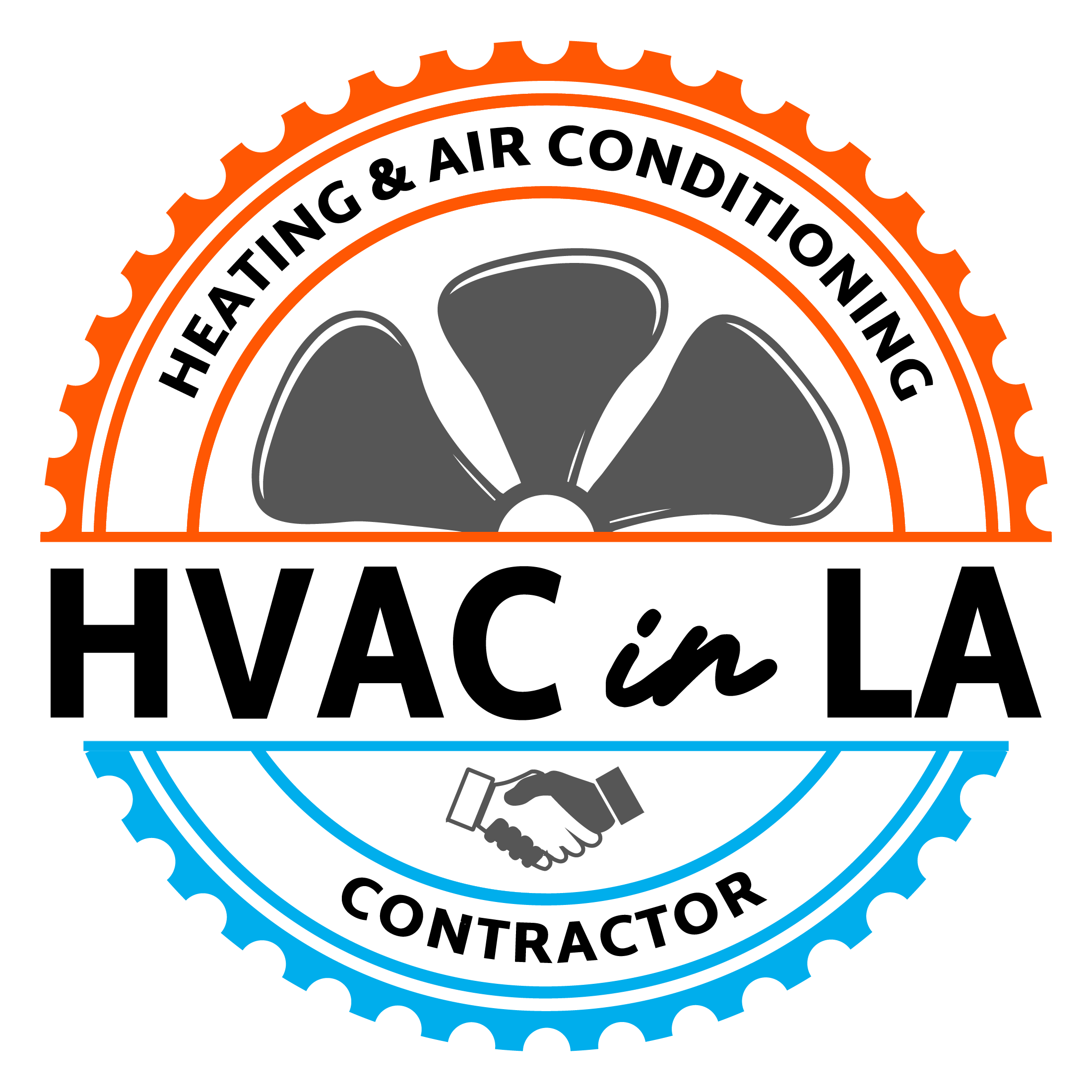
Indoor air quality plays a crucial role in our overall well-being, and this is especially true in a bustling city like Los Angeles. With its high population density and heavy traffic, the air in LA is often laden with pollutants and allergens. Poor indoor air quality can lead to a range of health issues, from respiratory problems to allergies and asthma. That’s why it’s important to prioritize the quality of the air we breathe indoors, where we spend the majority of our time.
Taking steps to improve indoor air quality can significantly enhance our comfort, health, and overall quality of life in the City of Angels. Ensuring clean and fresh air indoors is particularly important for vulnerable individuals, such as children, the elderly, and those with pre-existing health conditions. Poor air quality can exacerbate their symptoms and compromise their respiratory systems. By focusing on indoor air quality, we can create a healthier living environment and reduce the risk of developing respiratory issues. Don’t wait for the effects of polluted air to take a toll on your well-being. Take proactive measures to improve the air quality in your home and enjoy a breath of fresh air, even in the midst of a bustling city like Los Angeles. Keep reading to learn how our team at HVAC in LA can help.
Common Indoor Air Pollutants in Los Angeles Homes
Los Angeles, known for its sunny weather and beautiful beaches, is also home to common indoor air pollutants that can affect the health and comfort of residents. One of the primary pollutants found in LA homes is particulate matter, which includes dust, pollen, and pet dander. These tiny particles can easily become airborne and circulate throughout the house, leading to allergies, asthma, and other respiratory issues.
Another common pollutant in Los Angeles homes is volatile organic compounds (VOCs). VOCs are chemicals found in many everyday products, such as paints, cleaning supplies, and furniture. When these products are used or off-gassed, they release VOCs into the air. Long-term exposure to high levels of VOCs can have adverse effects on indoor air quality and may even contribute to certain health conditions.
It is essential for homeowners in Los Angeles to be aware of these common indoor air pollutants and take steps to improve the air quality in their homes. That’s why our team at HVAC In LA offers a range of solutions to address indoor air pollution, such as air purifiers, ventilation systems, and regular maintenance services. By understanding the sources of pollutants and implementing effective strategies, residents can create a healthier and more comfortable living environment for themselves and their families.
Understanding Energy Recovery Ventilation Systems
Understanding Energy Recovery Ventilation SystemsEnergy Recovery Ventilation (ERV) systems are an important component of a home’s HVAC system, designed to improve indoor air quality while also conserving energy. These systems work by exchanging stale indoor air with fresh outdoor air while also transferring heat or coolness from one air stream to the other, resulting in a more efficient use of energy.
In simple terms, an ERV system consists of a heat exchanger, which allows for the transfer of heat and moisture between the incoming and outgoing air streams. This process helps to regulate humidity levels and maintain a comfortable indoor environment. By recovering both temperature and moisture, ERV systems help to reduce the strain on your heating and cooling units, resulting in lower energy bills and a reduced environmental impact.
By implementing an ERV system in your home, you can enjoy cleaner, fresher air all year round without compromising on energy efficiency. These systems can help filter out pollutants, allergens, and other harmful particles while also reducing the need for excessive heating or cooling. In addition, ERV systems can help to control humidity levels, preventing the growth of mold and mildew, which can have adverse effects on respiratory health. With an understanding of how Energy Recovery Ventilation systems work, you can make an informed decision about whether they are the right choice for your home. Continue reading to learn about the benefits of installing an ERV system and how to choose the right one for your specific needs.
How Energy Recovery Ventilation Works
Energy Recovery Ventilation (ERV) systems are a key component in maintaining optimal indoor air quality in your home. These systems work by utilizing the heat and moisture contained in the outgoing stale air to precondition the incoming fresh air, resulting in a more comfortable and healthy living environment. In simple terms, an ERV system consists of two separate air streams: one carrying the exhaust air from inside your home and the other delivering fresh air from outside.
These two streams pass through a central unit, where heat and moisture exchange takes place. The warm and humid outgoing air transfers its thermal energy and moisture to the cooler and drier incoming air, effectively reducing the load on your heating and cooling systems. This exchange of energy helps to maintain a consistent indoor temperature and humidity level while also filtering out pollutants and other contaminants from the incoming air.
As a result, you and your family can breathe cleaner air and enjoy a more comfortable living environment. Proper installation and regular maintenance of an ERV system are vital to ensure its efficient operation and longevity. By choosing the right system for your home, you can benefit from improved indoor air quality, energy savings, and greater overall comfort.
Benefits of Installing an Energy Recovery Ventilation System
Installing an energy recovery ventilation (ERV) system in your home can provide numerous benefits. One major advantage is improved indoor air quality. An ERV system helps remove pollutants, such as dust, pollen, and pet dander, from the air, making it cleaner and healthier for you and your family to breathe. It also helps to remove odors, smoke, and volatile organic compounds (VOCs), which can be harmful to your health. In addition to better air quality, an ERV system can also help with energy efficiency.
These systems work by transferring heat and moisture between the incoming and outgoing air streams, reducing the need for additional heating or cooling. This can result in lower energy bills and a smaller carbon footprint. So not only will you be creating a more comfortable living environment, but you’ll also be promoting sustainability.
Choosing the Right Energy Recovery Ventilation System for Your Home
When choosing the right energy recovery ventilation system for your home, there are a few key factors to consider. Firstly, you’ll want to determine the size and layout of your home to ensure that the system you choose is capable of effectively ventilating all areas. Additionally, it’s important to assess the specific needs of your household. For example, if you have family members with respiratory issues or allergies, you may want to prioritize a system with advanced filtration capabilities. On the other hand, if energy efficiency is a top concern, you’ll want to look for a system that has a high heat recovery efficiency rating. By taking into account these factors and consulting with a professional, you can make a well-informed decision that meets the unique requirements of your home.
Once you have narrowed down your options, it’s also worth considering the installation process. Some energy recovery ventilation systems require ductwork modifications, while others can be installed more easily. Thinking about the overall cost and feasibility of installation will help you make a final decision. Remember, consulting with an HVAC specialist is crucial to ensure that you choose the right system for your home and that it is installed correctly. With the right energy recovery ventilation system in place, you can enjoy improved indoor air quality and a more comfortable living environment. Our technicians and consultants at HVAC in LA will be more than willing to help you find the right ERV system for your home.
Proper Maintenance and Cleaning of Energy Recovery Ventilation Systems
Proper maintenance and cleaning of energy recovery ventilation (ERV) systems is essential for homeowners in Los Angeles to ensure optimal performance and indoor air quality. Regular maintenance helps to prevent dust, dirt, and other pollutants from accumulating within the system, ultimately improving its efficiency and longevity. One important maintenance task is to clean or replace the filters in the ERV system on a regular basis. Filters are responsible for capturing airborne particles, such as dust, pollen, and pet dander before they can enter the home. Over time, these filters can become clogged and less effective, so it’s important to clean or replace them according to the manufacturer’s recommendations.
Additionally, homeowners should inspect the system’s fans, coils, and other components to ensure they are functioning properly and free from debris. By keeping the ERV system clean and well-maintained, homeowners can enjoy improved indoor air quality and energy efficiency. Proper maintenance and cleaning of ERV systems not only contribute to healthier indoor air quality but also help homeowners in Los Angeles save on energy costs.
Regular upkeep ensures that the system operates efficiently, reducing the workload on heating and cooling systems in the home. This, in turn, can lead to significant energy savings in the long run. Furthermore, neglecting maintenance can result in poor performance, decreased air quality, and even system breakdowns, which can be costly to repair or replace. Therefore, by prioritizing regular maintenance and cleaning of their ERV systems, homeowners in Los Angeles can enjoy cleaner air, greater comfort, and energy savings for years to come. Our team at HVAC in LA is ready and able to provide you with that assistance, so reach out to us today and get started.
Contact HVAC In LA Today
Frequent Asked Questions
Indoor air quality is important in Los Angeles (and anywhere else) because it directly affects our health and well-being. Poor indoor air quality can lead to respiratory issues, allergies, and other health problems.
Common indoor air pollutants in Los Angeles homes include dust, pollen, pet dander, mold spores, volatile organic compounds (VOCs) from cleaning products and furniture, and outdoor pollutants that enter through open doors and windows.
An energy recovery ventilation system works by exchanging stale indoor air with fresh outdoor air while transferring heat and moisture between the two streams. This helps to maintain a comfortable and healthy indoor environment while improving energy efficiency.
Installing an energy recovery ventilation system can improve indoor air quality, reduce energy consumption and costs, control humidity levels, and help maintain a comfortable and healthy living environment.
To choose the right energy recovery ventilation system for your home, consider factors such as the size of your home, your specific indoor air quality needs, and the climate in your area. Consulting with a professional HVAC contractor can also be helpful in selecting the right system.
Proper maintenance and cleaning of an energy recovery ventilation system typically involve regular filter replacement, cleaning of the heat exchanger surfaces, and keeping the system free from dirt and debris. It is recommended to follow the manufacturer’s guidelines and consult with a professional for any specific maintenance requirements.
Some common misconceptions about energy recovery ventilation include the belief that it only works in cold climates, that it is too expensive to install and operate, and that it brings in outdoor pollutants. In reality, ERV systems can be beneficial in various climates, can be cost-effective in the long run, and have filters to prevent outdoor pollutants from entering the indoor space.


